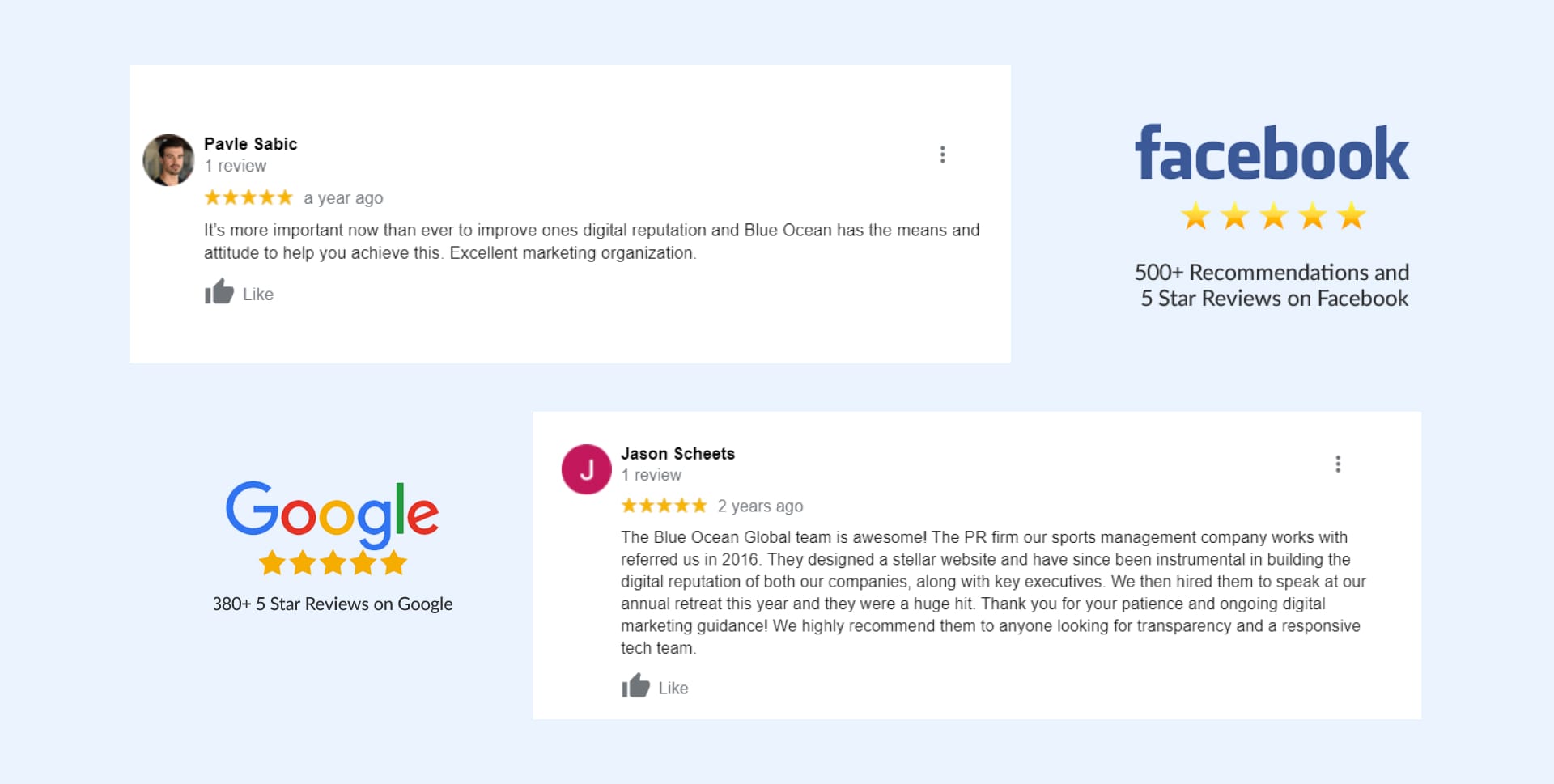- What do you mean by e-commerce?
Stated simply, e-commerce is the sale of goods or services online. The word “e-commerce” makes many people automatically think of an online store such as Amazon—and they would be correct. Amazon is an iconic example of an e-commerce site, but plenty of other examples exist as well.
- What are the three types of e-commerce?
Acronyms are often used to refer to the three different types of e-commerce. The first is B2C, which stands for Business to Consumer. B2C e-commerce is when businesses sell products directly to consumers. This is the type of e-commerce many people are most familiar with (e.g., Amazon).
The second type is B2B, or Business to Business. B2B e-commerce involves companies selling directly to other companies. For example, Medline sells medical supplies to long-term care centers, physicians’ offices, and other businesses in the medical industry.
The third is C2C, or Consumer to Consumer. In C2C e-commerce, consumers sell products or services directly to other consumers. eBay is probably the best-known example of a C2C e-commerce site.
- What are some examples of e-commerce sites?
Countless e-commerce sites exist. Chances are that if someone is seeking a particular item or service, there is an e-commerce site that offers it! Here are just a few examples:
SplendidBeast.com (B2C): Provides customized, hand-painted pet portraits that depict customers’ furry friends as aristocrats or monarchs.
Fluevog.com (B2C): Sells artfully designed and eco-friendly footwear crafted by Canadian shoe designer John Fluevog.
Grainger.com (B2B): Provides industrial supplies and equipment for businesses in various trades.
Chocomize.com (B2B): Specializes in customized chocolate candy gifts and promotions for corporations and businesses. Customers can search by product, occasion, and budget.
eBay.com (C2C): Allows individuals to buy or sell practically anything to anyone. This global e-commerce platform is considered the granddaddy of all C2C websites.
Uber.com (C2C): Connects people who are seeking transportation to a specific destination via automobile with people who want to earn money providing others with such rides.
- Is Instagram considered an e-commerce site?
Instagram is a photo and video social networking service that millions of people use to share and engage with visual content and learn about new products. In fact, Instagram’s research shows that 70% of shoppers see the platform as a place to find new products. And Instagram Shopping offers businesses a way to highlight their goods and get them in front of potential customers.
Instagram users are able to learn more about a company’s products within the app. If they like what they see, they can even purchase the desired items via the Instagram app or click through a link to complete their purchase on the provider’s website.
- What is the future of e-commerce?
The future of e-commerce is bright, indeed.
We anticipate that brands will continue to push the boundaries of personalization in an effort to engage with customers and provide them with experiences that indicate that they are truly paying attention to the customer’s wants, needs, and preferences.
We also predict an increase in the number of brands offering hybrid e-commerce approaches, such as those that enable customers to order products online, then pick them up at a local brick-and-mortar location. The COVID-19 pandemic has shown that people like the option of purchasing things online and having their order fulfilled locally. This allows them to avoid shipping time and costs while still being able to enjoy all the conveniences of online shopping and ordering.
We’re keeping an eye on video e-commerce, with Instagram and other companies actively building e-commerce functionality into their video platform offerings. With the rise of TikTok and other video platforms, e-commerce monetization can’t be far behind.
- How do I manage my e-commerce website ?
The specific mechanics of managing an e-commerce website depend on which platform is used as the provider, but the basics of creating and running a successful e-commerce website remain the same:
- Identify the necessary help (e.g., hosting, marketing assistance, web designers)
- Determine the product catalog
- Define the target market
- Create a secure, user-friendly site
- Pinpoint outreach channels and launch marketing/public relations
- Review data and optimize efforts
Of all these steps, perhaps the most important one is the first—identifying the necessary help. Finding and retaining good partners who can be trusted to help in making strategic, informed decisions is essential for the success of an e-commerce website and business. The right partners can make the difference between an ordinary e-commerce site and an extraordinary one, so the proper time, effort, and research should be invested into choosing them wisely.
A positive reputation is a valuable asset. You deserve to be in control of what the internet says about you or your brand. We specialize in building, monitoring, and protecting digital reputations. Schedule time with our team to audit your existing digital presence and find ways to elevate and enhance your online impression.






















